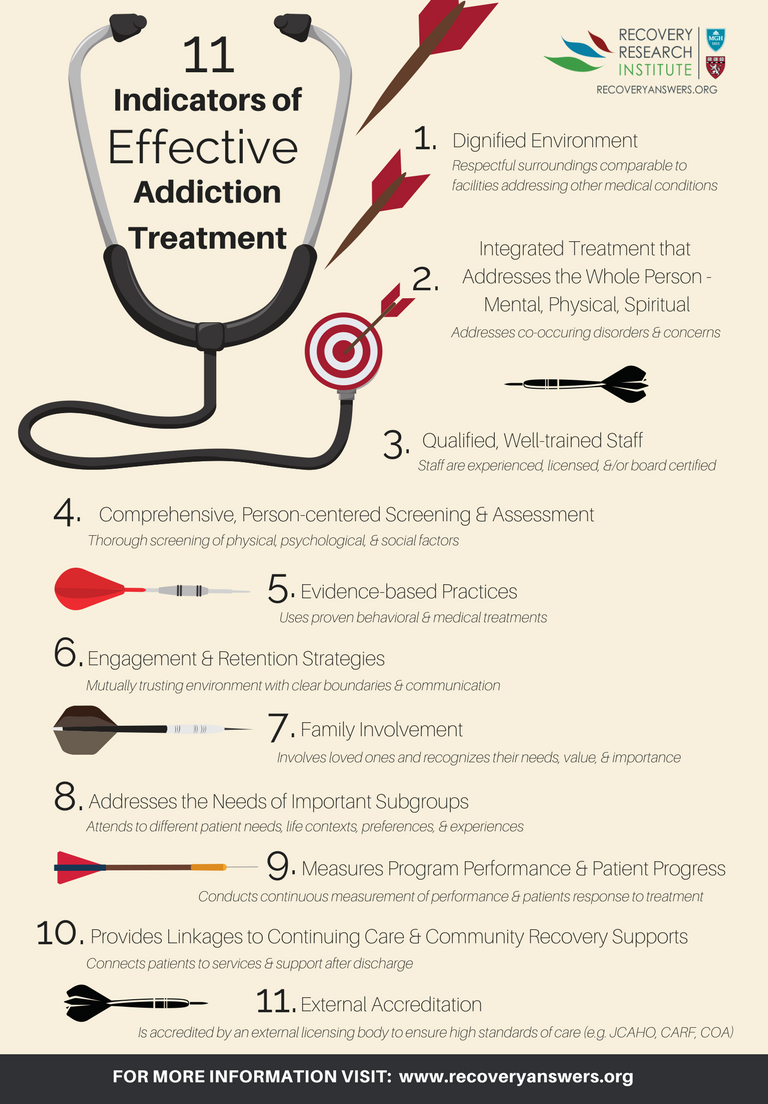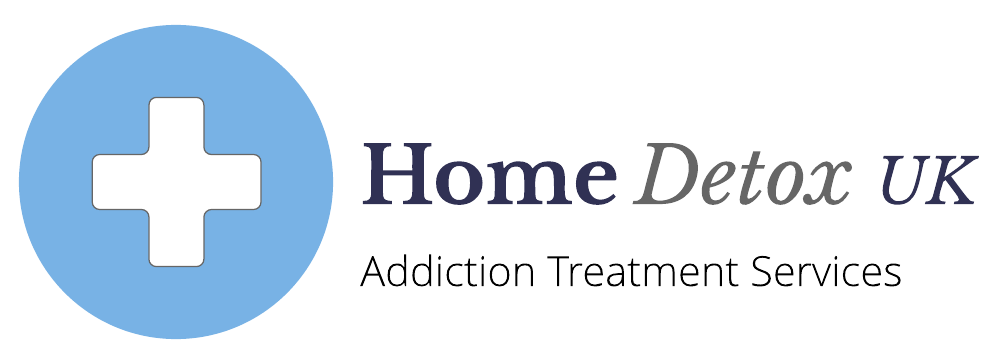The 25-Second Trick For How To Open An Addiction Treatment Center
Treatment strategies that are worked out directly with customers invite the customer to share both effort and duty for figuring out the course of treatment, consisting of both objective and the steps to take in aiming to reach those goals. Current work points towards the worth of customizing treatments to people in their particular sociocultural contexts.
Treatment dyads can also create and check "person-specific" hypotheses about the practical relationships between pertinent aspects indentified in the event formulation of the client's concerns (Mumma, Marshall & Muir, 2018). In amount, a practical treatment plan is responsive to the client's stated interests, supplies flexible structure, strengthens customer choice, supports decision-making, and promotes duty for results of client behaviors.
The first element is the reasoning offered to the customer for creating a plan; this includes the therapist's thoughtful response to the client's response to the preparation proposition. As soon as the client agrees to work together on a strategy, the second part defines the problem(s) to be dealt with in therapy. Third, preparing involves information of objectives to be tried, with the preferred basic result to be either resolution of the issue or a minimum of decrease of its harmful impact.

These actions toward the objective help make the process of altering habits more reasonable and workable for both the client and the therapist. Fifth, preparing specifies approaches to be utilized for working on each objective, or jobs to be undertaken in attempts to move toward goals. The value of personalizing the significance of steps taken and reacting flexibly to customers expectations will likewise be stressed.
The present area is structured around these 6 parts of a treatment plan - what is the treatment for drug addiction. The reasoning for including the customer as much as Alcohol Rehab Center possible in formal planning of a course of treatment will be followed by a discussion of some typical issues focal to many cases of substance usage disorders. These consist of low inspiration and low self-efficacy for changing troublesome behaviors.
These goals consist of (a) increasing the client's motivation and self-efficacy for modification, (b) boosting customers' understanding of their thoughts, sensations and habits related to compound usage and associated problems, and (c) interesting clients in action prepared to promote modification. Within the sections covering each basic goal, practical goals, techniques, and timeframes will be detailed, with a particular concentrate on important goals for each goal.
Interventions to address additional problems related to compound use conditions and related issues are detailed in Glidden-Tracey (2005) along with considerations for planning termination. Customers who misuse drugs or alcohol often lack structure in significant parts of their lives. Because their time is highly arranged around alcohol or drug-related activities, or due to the fact that their substance usage blunts their capacity for executive performance (or both), they might have trouble setting practical goals, developing workable strategies, or preserving inspired effort in worlds of life outside of substance use and the activities needed to keep utilizing.

How What Is The Treatment For Alcohol Addiction? can Save You Time, Stress, and Money.
Even more pointing to the chaotic nature of a substance use condition, diagnostic requirements specify that the symptomatic specific shots to stop utilizing but can not, or disregards essential life functions in favor of continued compound use, or keeps drinking or drugging even in the face of seriously negative consequences. what is treatment for porn addiction. People whose days have actually been organized around drugs or made complex by alcohol have much to acquire from the structured activity of planning treatment with a therapist.
By thus recognizing problems, inconsistencies, and objectives, the therapist can assist customers select how they can utilize their time together in therapy sessions to promote progress toward those objectives. Collaboration to recognize and focus on specific goals and strategies with timeframes for reaching those objectives assists the therapist and customer together develop a treatment plan tailored to the private customers interests and issues (Washton and Zweben, 2006) - why is group therapy the most effective treatment for addiction.
When the client accepts a worked out strategy, the therapist will refocus on the preparation procedure when required to clarify issues through additional evaluation. Therapists can https://branyagvix.doodlekit.com/blog/entry/10790369/h1-styleclearboth-idcontentsection0indicators-on-what-is-the-treatment-for-alcohol-addiction-you-should-knowh1 likewise undertake periodic evaluation of the treatment plan to help specify customer alternatives and to select and implement actions. In addition, evaluation of a treatment plan likewise includes evaluation of the outcomes of those actions and revision of the plan as the work progresses.
Engaging a customer in collaborative treatment preparation remains in itself an intervention that contributes to progress in therapy. Hopefully it is already clear that I want to focus on the active procedure of preparation treatment as well as the acquired product of a file to be filed in the client's record.
It can work as a nonbinding agreement of sorts to direct subsequent transactions in the therapy relationship. However the underlying property is that without incorporating the client's perspective and activating the customer's effort, the document will be worth little bit more than the paper it is composed on. Telling an alcoholic client that he requires to stop drinking will not assist up until the customer accepts quit. Clients who have been dealing with their anger, sadness, aggravation, or stress and anxiety by masking feelings behind substance-induced affect can take advantage of a therapist's recommendations about other effective strategies for handling hard emotions. Glidden-Tracey (2005, Chapter 9) addresses interventions to help clients handle tough affect consolidated the problems that bring them to therapy.
Clients who accept goals of handling emotional stimulation that disrupts reliable performance typically require the job broken down into workable steps. To help plan treatment approaches for emotion management goals, the therapist can draw on the traditional approach-avoidance dispute paradigm presented by Dollard and Miller (1950 ). Already mentioned is the tendency for compound users in treatment to feel ambivalent about changing their patterns of intake, since their compound usage yields both satisfying and uncomfortable results.
Dollard and Miller (1950) empirically confirmed their hypotheses that the tendency to approach an objective would be more powerful when the individual is farther from the goal, however avoidance activity increases rapidly and ultimately overtakes the technique propensity as the private gets closer to the goal. The client being in the therapist's office with primed awareness of the unwanted aspects of substance use that landed the client there is at that point more motivated to approach the goals of treatment than the customer will be during the time in between sessions when opportunities emerge to act counter to objectives and goals.
The Facts About Why Is Group Therapy The Most Effective Treatment For Addiction Revealed
Regularly the client gets nervous about the conflicting pulls. The customer might be more lured to avoid considering either the goals or the related conflict by offering into the desire to use the compound, which guarantees relief from conflicting feelings, nevertheless temporary. A customer who frets about managing good friends who push him to consume with them can gain Informative post from factor to consider in therapy of what he can do in those minutes to stick to his objectives and deal with the matching sensations.
